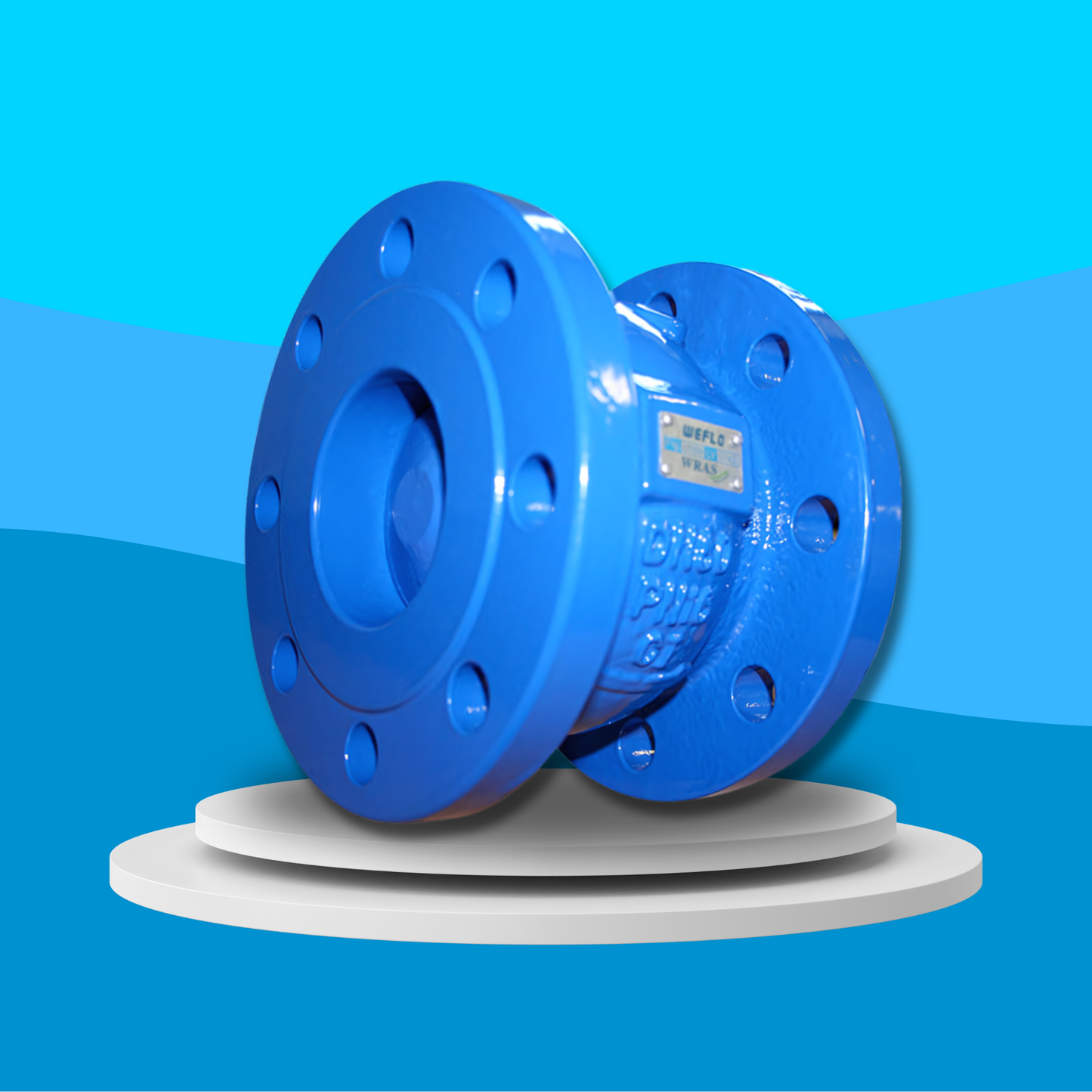Wras Valve
WRAS Approved Axial Disc Check Valve
WRAS Approved Axial Disc Check Valve
Couldn't load pickup availability
WRAS Certified
Introducing the WRAS Approved Axial Disc Check Valve, engineered for exceptional performance and reliability in a wide range of industrial applications. This valve features a robust cast iron body coated in epoxy for enhanced protection and durability. Equipped with an EPDM seal and stainless steel components, it ensures a tight, reliable performance, making it an ideal choice for efficient flow control.
Key Features:
- WRAS Approved: Certified to comply with stringent WRAS standards for water safety and quality.
- Durable Construction: Built with a cast iron body and stainless steel components, designed for longevity and consistent performance.
- Versatile Temperature Range: Operates efficiently from -10°C to 120°C, suitable for various environments.
- Reliable Sealing: The EPDM seal provides excellent resistance and ensures a leak-free operation.
- Precision Engineering: Combines advanced design with high-quality materials for optimal flow control.
Specifications:
- Pressure Rating: PN16
- Temperature Range: -10°C to 120°C
Materials:
- Body: Cast Iron
- Spring: Stainless Steel
- Seat: Cast Iron (Integral)
- Disc: Cast Iron
- Disc Ring: EPDM
- Bushing: Bronze
- Stem: Stainless Steel
- Bracket: Cast Iron
- Screw: Stainless Steel
Share

FAQ's
What is the difference between a valve and an actuator?
What types of actuators are available?
The main types of actuators are:
Pneumatic actuators – use compressed air for fast, reliable operation.
Electric actuators – use electrical power for precise control.
Hydraulic actuators – use fluid pressure for high-torque applications.
Each type offers unique advantages depending on the environment, media, and system control needs.
How do I choose the right actuator for my valve?
To select the correct actuator, consider:
Valve type and torque requirement
Power source available (air, electric, or hydraulic)
Operating environment (temperature, humidity, hazardous area)
Control signal type (on/off or modulating)
Matching actuator torque and compatibility with the valve’s ISO mounting ensures reliable performance.
What are the main types of valves used in automation?
The most common valves in automated systems include:
Ball valves – for tight shutoff and quick operation.
Butterfly valves – for larger flow control with compact design.
Globe valves – for precise throttling and flow regulation.
Check valves – to prevent backflow.
Gate valves – for full bore flow isolation.
What’s the difference between a double-acting and spring-return actuator?
Double-acting actuators use air (or power) to both open and close the valve.
Spring-return actuators use air to open (or close) the valve, and a built-in spring to automatically return it to a safe position when power or air is lost — ideal for fail-safe operation.
How often should valves and actuators be serviced?
Regular maintenance intervals depend on operating conditions, but a good rule of thumb is to inspect every 6–12 months.
This includes checking for leaks, lubrication, seal wear, and actuator responsiveness to prevent unexpected downtime.

